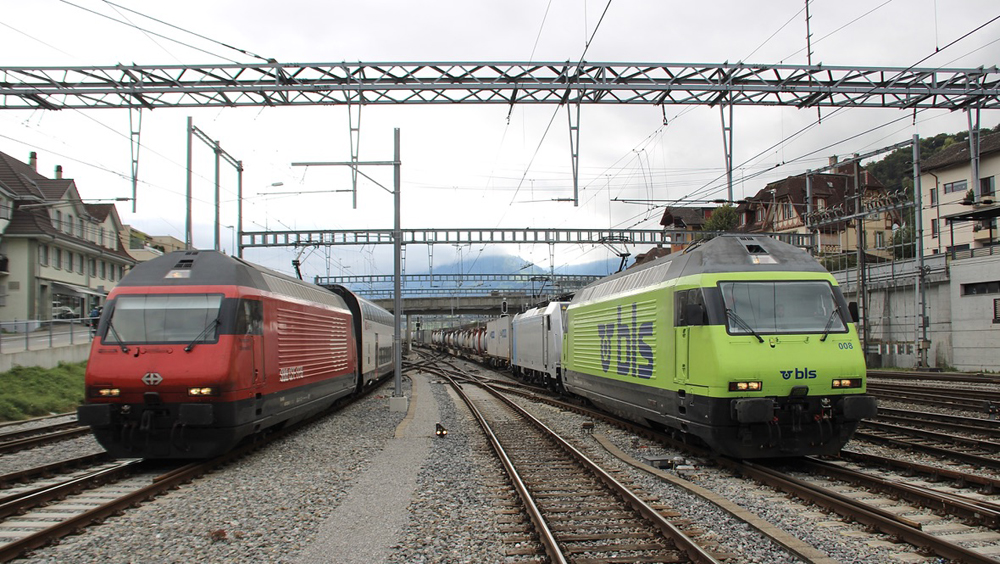
WASHINGTON — U.S. Sen. Ed Markey (D-Mass.) has introduced a bill that would provide $200 billion in funding over five years for high speed rail and electrification of major rail corridors.
The “All Aboard Act” also seeks to expand existing passenger rail service and electrify major rail yards. U.S. Rep. Chris Deluzio (D-Pa.) has introduced accompanying legislation in the House of Representatives.
The bill would provide $150 billion in funding over the five-year period through three existing grant programs — $80 billion for the Federal-State Partnership for Intercity Passenger Rail, $30 billion to the Consolidated Rail Infrastructure and Safety Improvement (CRISI) program, and $10 billion for the Railroad Crossing Elimination program — as well as $10 billion for Amtrak. It would also create a $50 billioin Green Railway Fund to electrify the most heavily trafficked freight and passenger corridors, major rail yars, and support electric high-performance passenger rail projects.
It would also create a $3.5 billion rail formula program for state rail planning, maintenance, operations, and capital investment — comparable to formula funding that exists for highways. Currently, federal rail funding is only through competitive grants. Also included: $500 million under the Clean Air Act to address pollution from rail yards, and $300 million to establish freight and passenger rail training centers.
“An accessible, reliable, and electrified rail network across our nation would put us on a high-speed track to fend off the worst effects of the climate crisis,” Markey said in a press release. “The All Aboard Act makes critical investments in every link of our rail network – from investing in our workers to expanding passenger rail to electrifying railyards across the country. This bill would give Americans the train service they are clamoring for, help save our planet, and do it all with union labor.”
The bill is supported by more than 20 environmental, labor, and transportation groups, ranging from the Sierra Club to the Transportation and Trades Division of the AFL-CIO to the Rail Passengers Association. A complete list of those groups is available in the press release linked above.
Full text of the bill is available here; a section-by-section summary is here.
“The American people ought to have a rail system that is safe, gets folks quickly where they want to go, and keeps the economy moving—all while slashing road traffic,” Deluzio said. “I am proud to join with Senator Markey to introduce the All Aboard Act to make transformational investments in the United States rail network like electrification. This bill will make American passenger and freight rail a lot safer and cleaner and will invest in the rail workers who make it all happen.”






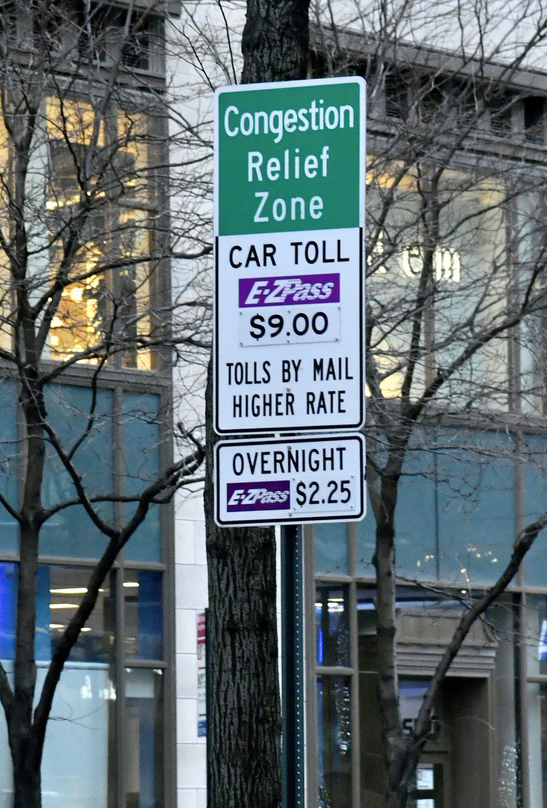
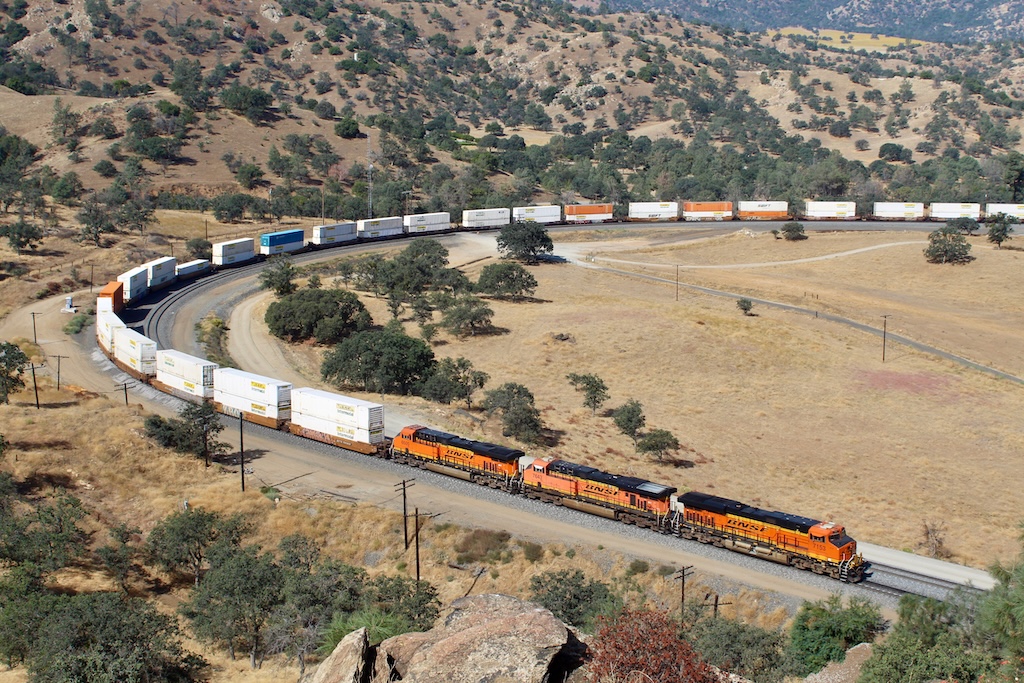
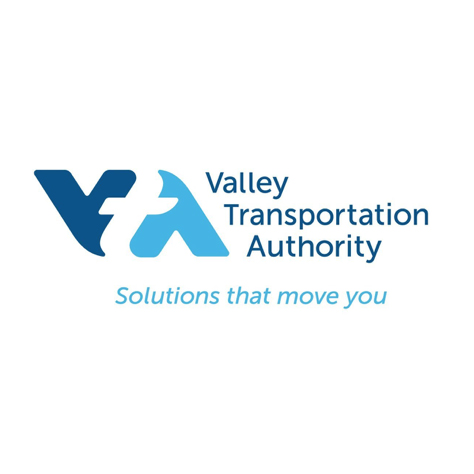
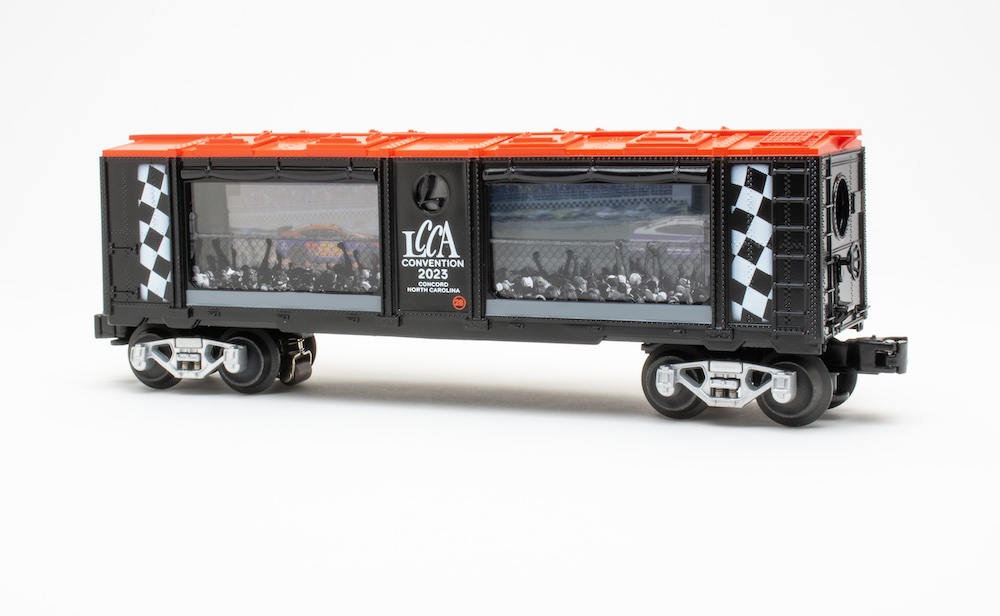



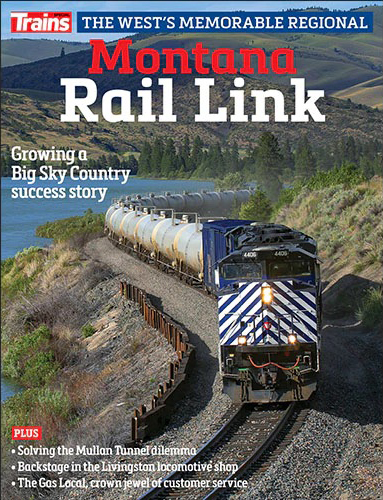
Electrification is apparently not so affordable in the UK as it forced an end to mail transport by rail. This would just raise the cost of doing business and would not be an economical option on important branch lines and low density routes that are critical to servicing US industries. The UK has mostly withdrawn freight rail as an option to many industries as it whittled the network down to those that focus on dense passenger traffic. Extremists views on the climate should not dictate policy that affects this countries economic success. Sure there are perhaps other passenger dense corridors in the USA that will benefit from electrification but not the entire network. The diesel hybrid powertrain has proven the most economical to haul high volumes of freight.
One question. Can double stacks run on electrified track? Without a lot of sparks? Do these politicians even know what a double stack is? And how many there are?
Yes, Norfolk Southern runs stacks under SEPTA wire. And in India they run double stacks under wires and don’t even use well cars to lower the height of the containers.
“And in India they run double stacks under wires and don’t even use well cars to lower the height of the containers.”
Which is why India uses 5’6″ India broad gauge, for better center-of-gravity stability, which allows them to use more commonly available cheaper flatcars, as opposed to the more costly custom made double stack well car flatcars, according to at least one tech article I read.
In the late 1970’s ATSF notified the Illinois Department of Transportation that they wanted all new bridge clearances to support catenary for electrification of their line to Chicago.
IDOT, in return asked them to show their plans and permits with the utilities to take on such a project.
ATSF had no such plans or permits and IDOT told them to pound sand.
This could be a golden opportunity for certain (existing electric) railroads to experiment with the idea of generating their own electricity using the safe(r) nuclear liquid fluoride thorium reactors, (LFTR) that I have suggested here a few times on this Trains Message Wire forum.
Funding could/should come in great part from the military and homeland security, as well as other sources. Generating stations would be efficiently and cost effectively spaced along the RR RoWs, just like electric railroad substations, with overlap protection to cover for any substation failure.
The PRR had to mothball their electric freight operations, mothballing their E44 and some GG1electric freight locomotives because they could no longer afford their electric billings from outside power source suppliers, and Amtrak and NJT took up the slack $$$ for their passenger/commuter trains. There is much written online about LFTR technology that one can research, here is one of many websites;
https://adaptiveenergysystems.com/lftr-technology
Elected politicians introducing legislation that has no chance of passing but keeping their supporters happy has a long history in the US. This is just another example of it.
Yes, Steve, this grand plan is DOA. The only group it might meet the needs of are commuter roads, and then not all. It must be also remembered that freight trains in Europe are a fraction of the size of their US counterparts. Electrification, if feasible, would have already be accomplished but for that to happen, many more smaller trains would have to added to the network which would only cause more congestion and gridlock with Amtrak. That would go over like a lead balloon. This is patronization as in common in Congress. But it is a dead duck as long as any of it depends on Wall Street.
During the oil crisis some 30 years ago the railroads looked at electrification. But they didn’t want to build the generating capacity so they went to the utilities. The problem there was that the utilities only wanted to sell power at an industrial, interruptible (when demand is high they cut off their non-residential customers), rate which was totally unacceptable.. We can only begin to imagine how long it would take to get the permits for new generating capacity and transmission lines needed. Also doesn’t anyone realize that the US government is basically bankrupt? And what we will have to spend on is a lot more military capacity, for ammo and arms. Projections say in a Taiwan invasion US and Taiwan forces will start running out of ammunition in a week with little hope for resupply. We have created a society where building things is almost impossible and the government doesn’t have the cash for anything anyway.
Rep. Chris Deluzio is from Western PA and between Pittsburgh and the Ohio border. It’s the closest PA House District to East Palestine Ohio. Commuter service to Pittsburgh with RS-3’s (AS16ms) and “hot” P70’s (no A/C) ended in the 1960’s
#1 This should have been job one, priority one for this outgoing administration; every major commuter railroad should have been electrified by now.
#2 This initiative is DOA.
This will go absolutely nowhere in a Republican MAGA oriented Congress and would surely be vetoed by President Trump. This is the kind of government boondoggle that the DOGE boys are looking to get rid of. If the mighty Pennsylvania Railroad and Union Pacific rejected such a plan as too expensive then it is unworkable. To compare the U.S. with Europe when it comes to railroad electrification is a farce. Europe is the size of New England and the mId-Atlantic states and has half the population of Europe. In addition, they are not afraid of nuclear power and use a lot of hydroelectric power. Railroad electrification is cheap and easy there. Here it would tax the already overburdened power grid tremendously. Many of the lines that were electrified in years past are now dead because diesel power was much cheaper. Nothing has changed that equation and Americans are not in the mood politically to pay much higher taxes or utility rates for “green” railroads.
Europe is also very condensed in land mass when compared with the US or North America. In fact, most of Europe could be situated inside the continental US boundaries. Additionally, industry is centered in central complexes in most European countries where in North America, it could be situated anywhere. So this is not really and apples to apples comparison. Both systems are vastly different.
Good idea! Bad timing.
But diesel locomotives running on biofuels, running with battery, and low emissions can help the environment too, and electrifying an entire railroad in North America is still impossible
Sen. Markey represents a state whose state government runs diesel trains where wires have existed for two decades.
There must be someone in that glorious list of twenty supporting groups (Sierra Club, RPA, etc.) who has ridden MBTAs Providence Line. I live in Wisconsin and I have.